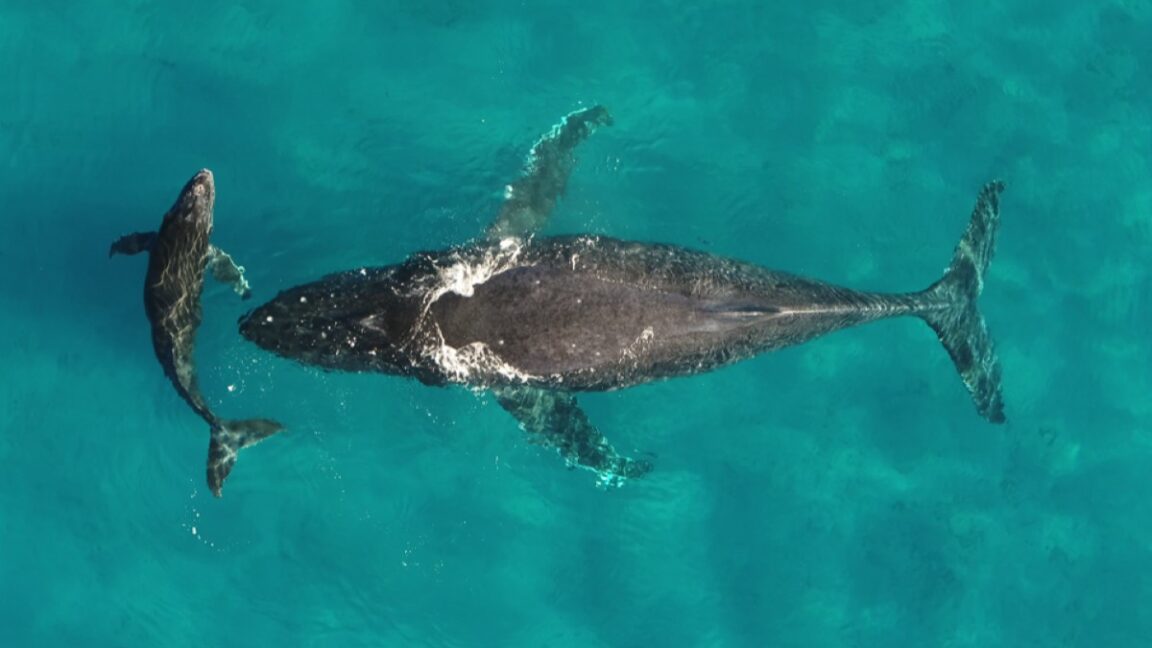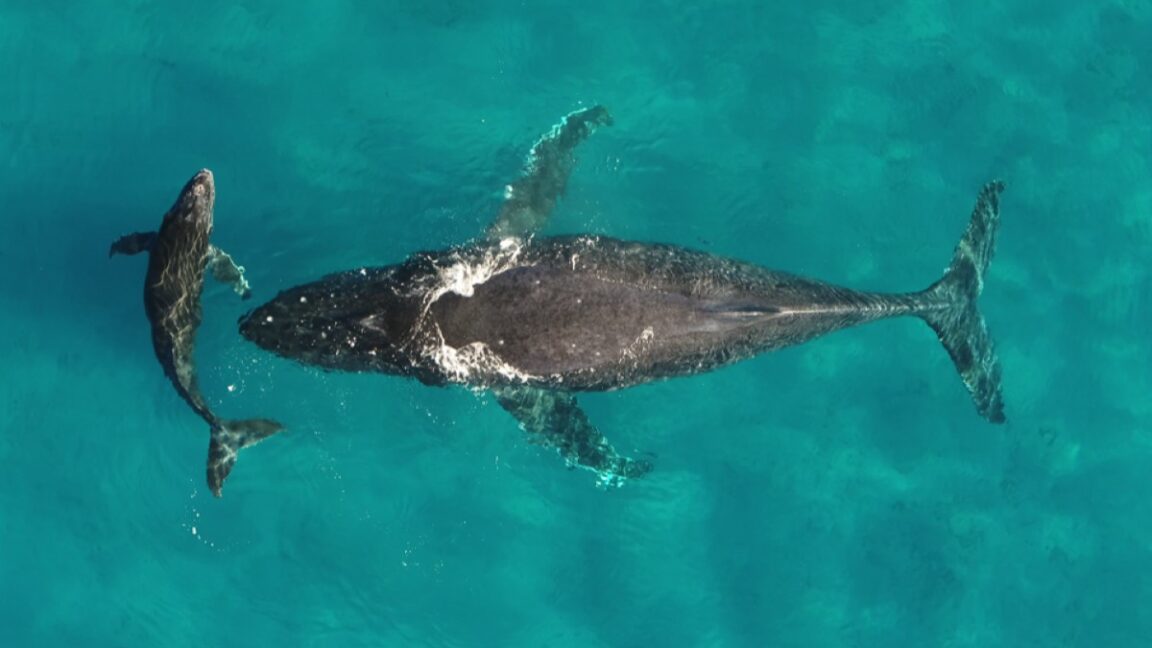
For thousands of years, some of the planet’s largest filter-feeding whales, such as humpback, fin, and blue whales, have embarked on some of the most extensive migrations on the planet, traveling annually from their warm breeding zones in the tropics to nutrient-rich feeding areas in the poles.
“Nature has intricately calibrated these migrations, driven by memory and environmental signals that guide whales on when to migrate and where to head,” stated Trisha Atwood, an ecologist and associate professor at Utah State University’s Quinney College of Agriculture and Natural Resources. However, she noted that climate change is “distorting these signals,” causing the marine mammals to deviate from their routes. They are not the only ones affected.
Earlier this year, Atwood participated with over 70 other scientists to address the worldwide effects of climate change on migratory species in a workshop organized by the United Nations Convention on the Conservation of Migratory Species of Wild Animals. This organization oversees and safeguards more than 1,000 species that cross boundaries in pursuit of food, mates, and suitable environments for raising their young.
Over 20 percent of these species are facing extinction. This was the first occasion the convention assembled with such an objective, and their results, released this month in a report, were troubling.
“Nearly every migratory species is impacted by climate change,” Atwood mentioned in an email to Inside Climate News.
From whales and dolphins to arctic shorebirds and elephants, all are influenced by increasing temperatures, extreme weather events, and changing ecosystems, which are disturbing migratory paths and altering vital habitats across the globe.
Asian elephants, for instance, are being pushed to higher elevations and nearer to human habitats as they seek food and water amid escalating droughts, leading to more frequent human-elephant encounters, the report highlighted. Shorebirds are arriving at their Arctic breeding locations misaligned with the insect populations their chicks rely on for survival.
The seagrass meadows that migrating sea turtles and dugongs rely on are vanishing due to warmer waters, cyclones, and rising sea levels, as mentioned in the report. So far, around 30 percent of the world’s seagrass habitats have been lost, endangering not only the creatures that rely on them but also humans. These crucial ecosystems sequester approximately 20 percent of the ocean’s carbon, besides supporting fisheries and safeguarding coastlines.

